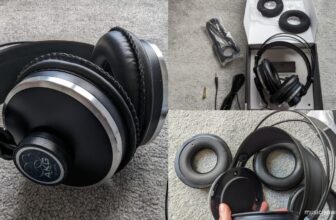On-Ear vs Over-Ear vs Earbuds vs In-Ear Headphones – Which are Best?
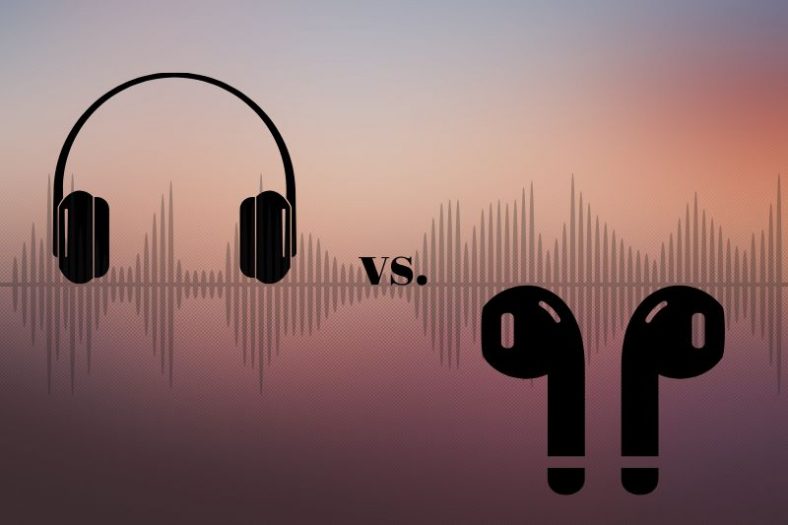
Headphones come in various types and designs for different needs. The most popular ones are on-ear, over-ear, and in-ear headphones, along with earbuds. Depending on your preferences and listening habits, as well as your environment and conditions, any type might be the ideal choice.
Although each type of headphones has advantages and disadvantages, they are all equally good for different purposes. To summarize, on-ear headphones offer a comfortable fit and a compact design, while over-ear headphones deliver higher comfort but come in less-portable sizes. Both of these types have ear-cups placed outside the ear depending on the model, and they provide above-average noise isolation in general.
On the other hand, earbuds and in-ear headphones are placed inside the ear and are highly portable. In-ear headphones feature great sound isolation and portability but are not the most comfortable. Earbuds are slightly more comfortable, but they fail in noise isolation.
Let’s take a closer look at all types of headphones to better understand what each type offers and what it lacks.
Contents
On-Ear Headphones
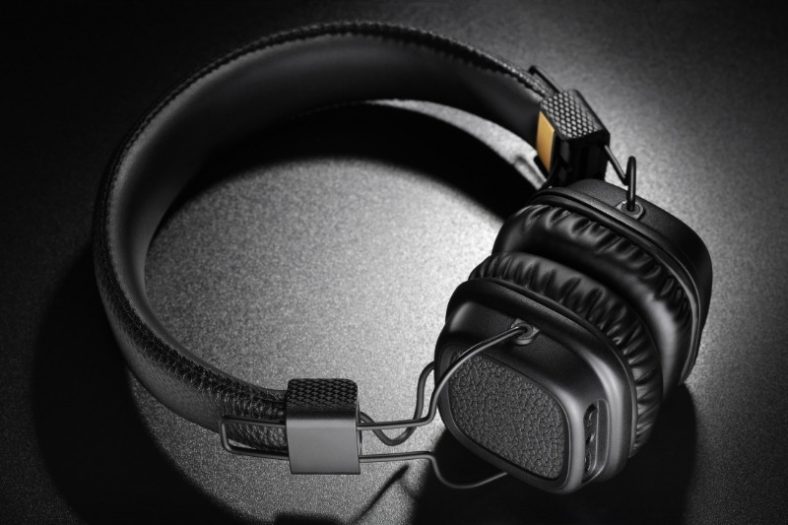
| Pros | Cons |
| Moderately comfortable fit | Quite a bit of sound leak |
| Relatively compact and portable | Might disturb the ear after prolonged use |
| Average noise isolation |
On-Ear headphones are some of the most popular headphones today thanks to their comfortable fit and more portable design compared to over-ear headphones.
There are two versions of on-ear headphones: open-back headphones and closed-back headphones. Open-back headphones provide more comfort but less noise isolation and sound leakage prevention, while closed-back headphones are exactly the opposite.
Performance
While the performance of each headphone type depends heavily on the model, on-ear headphones provide average sound quality in general. They tend to lack a bit of bass compared to over-ear headphones, but that is expected due to the earcup size.
When it comes to noise isolation and sound leakage, they fall short. As the earcups do not cover the entire ears, the sound leaks to your surroundings a lot, and you can hear most of the sound around you. This is only good if you want to listen to your music while listening to your friends or surroundings also.
Portability
In terms of portability, on-ear headphones are great as they come in more compact sizes compared to over-ear headphones. Most on-ear headphones can be folded for better portability and stored in pockets. But, even if they can not be folded, you can easily fit them into small bags.
But, of course, on-ear headphones can not compete with in-ear headphones and earbuds in this sense, as those types do not feature earcups, making them much more compact and portable.
Comfort
In terms of comfort, on-ear headphones perform okay as they sit on the ears. They do not disturb the ears like earbuds or in-ear headphones. But, they are not as comfortable as over-ear headphones, as the clamping force on the ears may disturb the user.
Overall
On-ear headphones are the second most comfortable headphone type, the third most portable, and the third most successful in noise isolation and sound leak prevention.
Over-Ear Headphones
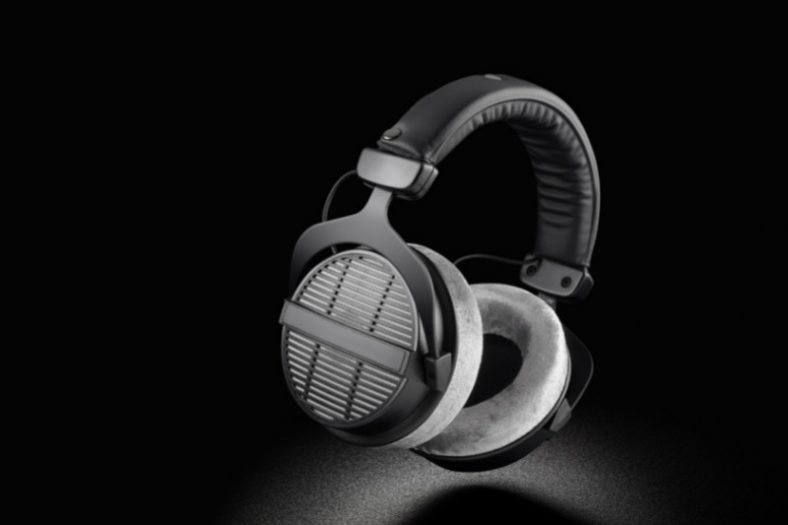
| Pros | Cons |
| Highly comfortable fit | Quite a bit of sound leak |
| Great sound quality | Not very portable |
| Good level of noise isolation |
Over-ear headphones are the most-used headphones by musicians and music enthusiasts due to their high-quality sound. They are placed over the ears and cover the entire ear with large ear cups.
Just like in the case of on-ear headphones, over-ear headphones also come in two different types: open-back and closed-back. Open-back models tend to have more sound leakage but a higher sound quality for mixing and mastering while closed-back headphones are better for noise isolation.
Performance
Over-ear headphones are the favorites for musicians, audiophiles, and music enthusiasts as they provide the best sound quality. One of the reasons is that they are large enough to contain more sound technology within.
Of course, not all over-ear headphones have the best sound quality, but most of the best-sounding headphones are over-ear types. The sound quality depends on the model than the headphone type. But, the types emphasize some aspects of the sound like the bass response, soundstage, etc.
In terms of bass response, the large drivers of over-ear models perform better, while soundstage is much better in open-back over-ear headphones compared to other types.
When it comes to noise isolation, over-ear headphones perform quite well as they seal the ears entirely and create successful passive noise isolation. They are the best in this category after the in-ear headphones.
In terms of sound leakage, over-ear headphones are the least successful types. The sound leaks quite strongly as they get quite loud, and the drivers are large. The issue gets even more serious if the design is an open-back one. So, they are better used in environments where there is no one or nothing to disturb.
Portability
As over-ear headphones are the largest headphone type, they are the least portable. Some of these headphones are foldable, but still, the large earcups make them hard to carry in pockets or small bags.
Comfort
Comfort-wise, over-ear headphones are the best among all headphone types. They cover the ears entirely, which provides high comfort. Most over-ear headphones feature soft pads and large headbands with cushions to increase comfort. Also, the clamping forces of these headphones are quite low.
Overall
In short, over-ear headphones are, though not always but often, the best sounding headphones, as well as the most comfortable ones, but are the least portable types. In terms of sound leak prevention, they are not the most successful and take third place, while they are quite good at isolation noise and the best after in-ear headphones.
Earbuds
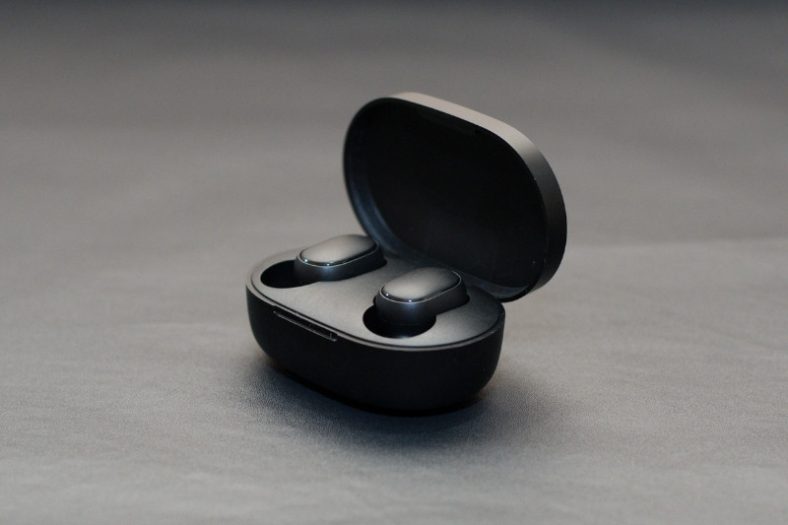
| Pros | Cons |
| Moderately comfortable fit | Poor noise isolation |
| Very compact and portable | Easy to lose |
| Good sound leakage prevention |
Earbuds are highly compact and portable earphones with earbud tips placed on the edges of the ear canals. They are ideal for casual use, thanks to their high practicality and portability.
Today, earbuds are highly popular, thanks to the wireless earphones trend. Most people use earbuds for calls, listening to music and podcasts, online meetings, online courses, and sessions.
Thanks to their stable fit, they are the favorite earphones of sports enthusiasts and runners. Some models are even created for exercising with and have special features such as sweat-proof, water-proof designs, and ease of access to buttons to switch songs and adjust the volume.
Performance
The sound quality of earbuds heavily depends on the model. There are ultra-affordable earbuds with low sound quality as well as high-end models with high-quality sound.
As earbuds feature small drivers and do not provide high volumes of sound, sound leakage is not a problem with these types. But, the noise isolation is almost non–existent with earbuds. This means that the sound you hear from earbuds won’t be leaking to your surroundings, but any sound in your surroundings will come to your ears.
If you want to use earbuds in loud environments, then you will have to raise the volume as much as you can but without damaging your ears. This is crucial as there are many dangers in our everyday listening habits.
Portability
The aspect that earbuds shine on is portability, without a doubt. They are some of the smallest earphones around and are extremely easy to carry around. They can fit into any pocket and are very easy to use. Earbuds are the most portable headphone type.
Comfort
Earbuds take third place in the comfort aspect, as they do not create tension in the ear canal if the fit is right. But, it is hard to find a good fit as all ears are different. Also, the comfort may decrease in long periods of use as they start to disturb the ear after a while.
If you like to exercise while listening to music through headphones, earbuds might be the ideal choice. They have a more stable fit compared to other types and can handle the movements better than others.
Overall
To summarize, earbuds take the third place in terms of comfort, the first place in terms of portability, the last place in terms of noise isolation, and the second place in sound leakage prevention.
In-Ear Headphones
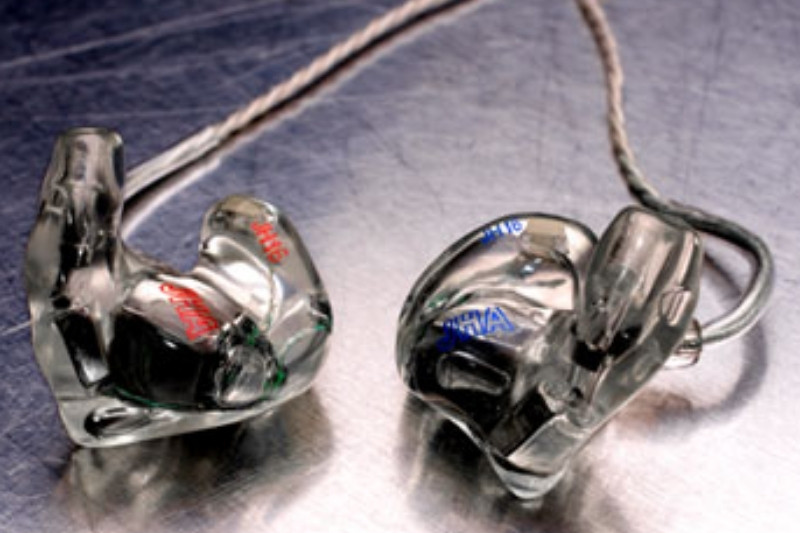
| Pros | Cons |
| Great noise isolation | Not comfortable after prolonged use |
| Very compact and portable | |
| Great sound leakage prevention |
Along with the earbuds, in-ear headphones are the most portable headphone types. They are quite small and are placed into the ear canal. They come in different designs and models. Some rest in the ear canal, and some loop over the back side of the ear; some have unique designs.
In-ear headphones are also called intra-aural headphones as the driver is placed in the ear canal. Just like earbuds, they are ideal to use for casual music listening, as well as using them for calls, online meetings, etc.
Most people have comfort issues with in-ear headphones, so you should try them first before purchasing them.
Performance
In-ear headphones have different levels of quality depending on the model. The affordable ones have pretty low-quality sound, while higher-end models can compete with even over-ear headphones. So, the sonic performance will vary greatly depending on the model.
However, there are some general aspects to be evaluated. As the drivers are quite small in in-ear headphones, the bass response will not be great as well as the soundstage. Although some higher-end models have innovative approaches to get around that issue, the problem exists in most models.
When it comes to sound leak prevention and noise isolation, in-ear headphones perform great. They are the best headphones type in both aspects as the seal delivers a highly efficient high-frequency noise block. The problem is achieving the ideal fit to realize the seal.
Some seals of in-ear headphones may potentially damage your inner ears if the seal is not right. So you have to use them carefully, especially when handling the cable, so they do not damage your inner ears, getting out of the ear canals fast and unbalanced, yanking the buds out.
Finally, due to the small sizes of drivers of in-ear headphones, they do not provide too much loudness that it escapes to your surroundings. In this sense, they are the best headphones to prevent any sound leakage.
Portability
In-ear headphones are the most portable headphones along with earbuds. As they are very small, this is an expected aspect of these devices. They are very easy to carry around in your pocket or bag.
Comfort
Unlike earbuds, the in-ear headphones often apply pressure directly to your inner ear and-or ear canal, which significantly disturbs the user. If the fit is good, the issue is almost non-existent, but it is almost impossible to find the ideal fit unless they are custom-made. So, in terms of comfort, in-ear headphones are the worst types.
Overall
Considering everything, in-ear headphones are placed in the first place in the aspects of noise isolation and sound leak prevention as well as portability. However, they are the least comfortable headphones, which makes the other aspects much less important.
Which headphones are right for you?
There are different headphones suited for different uses. If you want sound quality and comfort, over-ears are the best. If you want portability and versatility, earbuds or in-ear designs might be better. Finally, on-ears are weaker-performing but more portable versions of over-ear ones.
Which is better in-ear or on-ear?
On-ear headphones are the more compact and portable versions of over-ear headphones, while in-ear headphones are similar to earbuds. On-ear headphones are more comfortable and often better-sounding, but in-ear headphones have a more stable fit, better noise isolation, and sound leak prevention.
What is noise cancellation?
Noise cancellation is the method of blocking the outside noise reaching your ears when you are using the headphones. Passive noise cancellation is achieved by the seal of the earcups or ear tips, while active noise cancellation uses mics and speakers to reduce background noises.
All the noise cancellation features discussed in the article are regarding passive noise cancellation, as active noise cancellation exists on some higher-end models, but not all of the models. For good noise isolation, the earcups, earbuds, or ear tips must seal the ear well and prevent the outside noise from coming in.
Over-ear and in-ear headphones thrive in this aspect as they seal the ear very well. Over-ear models seal the entire ear, while in-ear models block the ear canal and seal the inner ear.
Conclusion
As you are now familiar with all the advantages and disadvantages of different headphone types, it will be easier for you to make an informed choice. Each type has an aspect or two that stands out while sacrificing other aspects.
The model is more important than the headphone type when it comes to sound quality. So, you will have to make your decision according to other aspects discussed in the article: noise isolation, sound leakage prevention, portability, and comfort.

